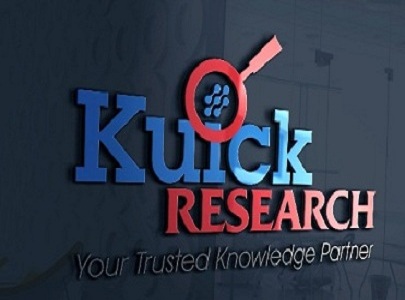Buy USD 20,000 Worth Of Reports (Single User/Multi User License) In USD 8000 Only
"Global Cancer Immunotherapy Market Opportunity, Dosage, Price and Clinical Trials Insight 2026" Report Highlights:
-
Global Cancer Immunotherapy Market Opportunity: > US$ 200 Billion
-
Cancer Immunotherapy Clinical Trials: > 2300 Drugs In Trials
-
Commercially Available Cancer Immunotherapies: > 120
-
Cancer Vaccines Market Opportunity: > US$ 20 Billion
-
Cancer Monoclonal Antibodies Market Opportunity: > US$ 90 Billion
-
Marketed Cancer Monoclonal Antibodies': > 70 mAbs
-
Sales, Market Opportunity, Dosage and Price Data: 300 Graphs/Charts
-
Clinical Trials Insight By Phase, Company, Patient Segment, Drug Class
The research report “Global Cancer Immunotherapy Market Opportunity, Dosage, Price and Clinical Trials Insight 2026” discusses the implications that the recent scientific research and development has brought, in context to the ongoing trends and current size of the cancer immunotherapy at global and regional level. Additionally, the report depicts the nature of the therapies and the structures that are followed by the cancer immunotherapy approach, with detailed profiles of the pharmaceutical companies that are the keynote representer of immunotherapy products in the market.
"Cancer Immunotherapy Has Emerged As Next Growth Frontier With US$ 200 Billion In Market Opportunity For Multiple Stake Holders Involved In The Research and Development Of Anti Cancer Therapies"
The immunotherapy defends the normal cells by activating the body’s immune system against the cancerous cells. The immunotherapy attractively summons the manipulated body’s own natural immune cells and causes the eviction of the cancer cells. The cancer immunotherapy techniques such as T-cell therapy, Immune checkpoint inhibitors, Cancer vaccines, Monoclonal Antibodies and many more have offered the cancer patients with no or less hope and with substantial benefit of meaningful improvements. The growth of the respective market is attributed to the advantage that it provides of being a potential one-time treatment with long and durable response.
Different cancer immunotherapies have been developed and successfully marketed across the globe for various malignancies. They may differ in modality but all of them have some common features due to which they are in high demand among cancer patients. Development of results is apparently rapid than other cancer treatment leading to quick alleviation of clinical symptoms. As a result, more cancer patients want them to improve their medical condition in shorter time.
Improved anti-cancer efficacy is another major benefit of cancer immunotherapies which is not offered by other modalities. Fewer side effects are observed during cancer immunotherapy treatment resulting in higher tolerability and improved quality of life. Relapse prevention and increased progression free survival are also improved resulting in increased demand for cancer immunotherapies. Investigators are trying to decipher more underlying principles of cancer immunotherapies in order to offer better medical care to patients.
The aim with which the cancer immunotherapy approach came into existence was to escalate the process of cancer treatment which largely went unnoticed during usage of traditional technologies. Advanced manipulations in all the therapies of cancer immunotherapy have placed the approach above all the other available therapies for cure of cancer. The ease and the technological performance of the therapies results in long term survival of the cancer patients and a more comfortable after treatment life due to the absence of unwanted chemicals in the body and thus leading to less severe side effects. The approach has enhanced the already existing cancer treatment techniques and has marked itself as an important discovery in the field of oncology.
The strategies that are employed by the immunotherapy approach are playing a very important part in the overall medication for the cancer and that has led to the successful and rapid expansion of the overall immunotherapy market in a very short period of time. The cancer immunotherapy market is driven by the fact that the methodologies working under it have a strong clinical pipeline among which monoclonal antibodies constitutes the most widely accepted immunotherapeutic approach at the global level. The impressive rate at which the market is growing is representing a state of progress that the approach will follow in the near future.
